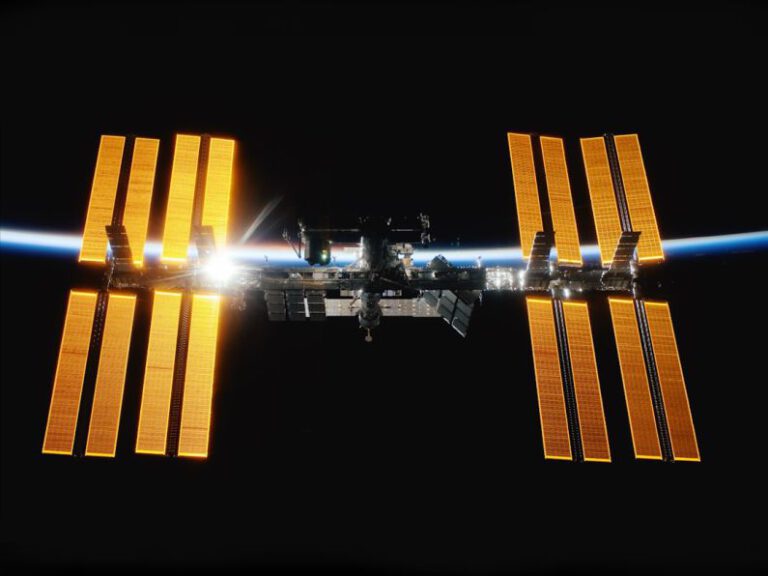Tourism in Space: the Next Frontier
The concept of space tourism has long been a topic of fascination and speculation, capturing the imaginations of people around the world. With advancements in technology and the increasing accessibility of space travel, the idea of venturing beyond the confines of Earth for leisure and exploration is no longer a distant dream but a tangible reality. Tourism in space represents the next frontier in human exploration, promising unparalleled experiences and opening up a whole new realm of possibilities.
The Rise of Space Tourism
In recent years, the space tourism industry has seen significant growth, driven by private companies like SpaceX, Blue Origin, and Virgin Galactic. These companies are pioneering the development of commercial space travel and are working towards making it accessible to the general public. With the successful launches of suborbital flights and the upcoming plans for orbital and lunar missions, space tourism is on the cusp of becoming a mainstream recreational activity.
Experiencing Zero Gravity
One of the most alluring aspects of space tourism is the opportunity to experience zero gravity. Weightlessness has long been a fascination for scientists and astronauts, offering a unique sensation that is impossible to replicate on Earth. Space tourists will have the chance to float freely in a microgravity environment, performing somersaults, flips, and other acrobatic maneuvers that are simply not possible under normal gravity conditions.
Stunning Views of Earth
Another highlight of space tourism is the breathtaking views of Earth from space. Imagine looking down on our planet from hundreds of miles above, seeing the curvature of the Earth, the vastness of the oceans, and the beauty of the continents below. Space tourists will have the opportunity to witness awe-inspiring sunrises and sunsets, the twinkling lights of cities at night, and the majesty of natural wonders like the Great Barrier Reef and the Himalayas from a perspective few have ever seen.
Exploring the Moon and Beyond
While suborbital flights offer a taste of space travel, the ultimate goal of space tourism is to venture beyond Earth’s orbit and explore destinations like the Moon and Mars. Companies like SpaceX and Blue Origin are working on developing spacecraft capable of carrying tourists on lunar flybys and missions to the Red Planet. Imagine walking on the surface of the Moon, gazing up at Earth in the sky, or standing on Mars and contemplating the vastness of the universe. Space tourism is poised to make these once-in-a-lifetime experiences a reality for adventurous travelers.
Challenges and Opportunities
Despite the exciting prospects of space tourism, there are still significant challenges to overcome. Safety concerns, high costs, and environmental impacts are all factors that need to be addressed as the industry continues to grow. However, with continued investment in research and development, as well as advancements in technology, these obstacles can be overcome, paving the way for a new era of space exploration and tourism.
The Future of Space Tourism
As space tourism becomes more accessible and affordable, it has the potential to revolutionize the travel industry and redefine our understanding of tourism itself. The idea of vacationing in space, staying at orbital hotels, and even colonizing other planets may seem like science fiction now, but with the rapid pace of technological advancements, these concepts are closer to reality than ever before.
In conclusion, tourism in space represents the next frontier in human exploration, offering unparalleled experiences and opening up a world of possibilities beyond our wildest dreams. As the space tourism industry continues to evolve and grow, it is poised to usher in a new era of adventure and discovery, where the boundaries of Earth are no longer limits but gateways to the vast expanse of the cosmos.






